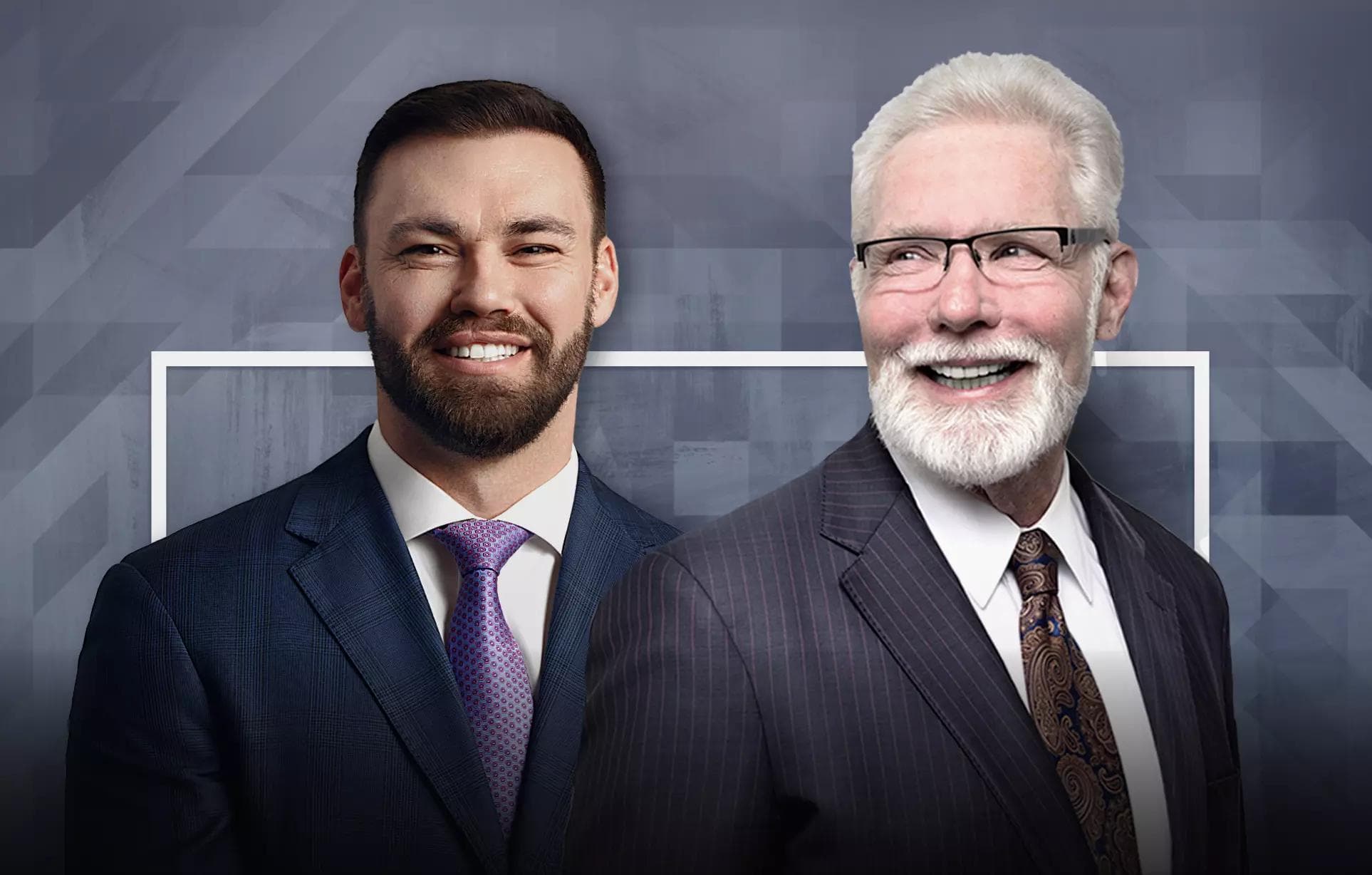
How Do Medical Liens Work in a Personal Injury Case?
Free ConsultationShort answer:A medical lien lets doctors or hospitals treat you now and get paid later from your personal injury recovery. Liens attach to your settlement, must be honored before you receive net funds, and can dramatically change what you take home. Effective lien management involves (1) documenting the lien’s basis and reasonableness, (2) coordinating health insurance, Med-Pay, and lien care appropriately, and (3) addressing lien resolution after the case concludes to help ensure fair distribution of funds.
What exactly is a medical lien?
A medical lien is a legal claim a healthcare provider asserts against your eventual recovery to secure payment for treatment related to the incident. Instead of billing you up front, the provider agrees to wait until your case concludes. When your case settles or you win at trial, liens are paid from the gross recovery before you receive your net.
This is why lien management is one of the most important (and least understood) parts of a personal injury case.
Who can place a lien on a personal injury settlement?
Multiple parties may have reimbursement rights tied to your case:
- Treating providers on a direct lien, including orthopedists, surgery centers, physical therapists, and imaging facilities, who agree to postpone billing in exchange for repayment at the end.
- Health insurers seeking reimbursement for bills they paid that are attributable to the incident.
- Government programs with statutory recovery rights and strict procedures.
- Auto policy benefits that paid your medicals and now have subrogation or reimbursement language in the policy.
Each category follows different rules, deadlines, and negotiation mechanics.
How do liens change your “take-home” amount?
Your settlement starts as a gross figure. Before you get your net, these come off the top: case costs advanced by your lawyers, legal fees per your agreement, and valid liens. That’s why lien strategy matters. Proper sequencing and negotiation can significantly affect the distribution of settlement funds and help ensure liens are handled appropriately.
Should I use my health insurance or go on a provider lien?
When you have health insurance, it often makes sense to route care through your plan first because contracted rates are typically lower than “chargemaster” lien prices. Lower bills mean smaller reimbursements later and a larger net to you. But there are exceptions. For example, network access, referral speed, or specialist availability might push you toward lien providers for a portion of care. A thoughtful approach can combine both.
How do ERISA and private plan reimbursements differ from provider liens?
An ERISA self-funded employer plan may claim strong contractual rights to reimbursement. Private fully insured plans might have more flexible terms. Provider liens are governed by state law and contract. However, how you go about it differs. That’s why you should avoid signing broad reimbursement agreements yourself; one sentence can shift thousands of dollars.
What’s the process for Medicare and Medicaid liens?
Government payers have statutory recovery rights and very specific steps. You (or your lawyer) must give notice, obtain a conditional payment letter, challenge unrelated charges, and secure a final demand before disbursement. Miss a step and you risk penalties or delayed settlement funding. The good news is that these programs often accept formula-based reductions tied to procurement costs, which can materially improve your net.
Can medical providers charge “whatever they want” on a lien?
No. Even on a lien, charges must be reasonable and related to the incident. Reasonableness can be challenged using:
- The provider’s usual and customary rates
- In-network rates for comparable services in the same market
- Coding audits to remove duplicate or non-incident charges
- Medical necessity opinions
This is where negotiation skill matters.
What documents should I keep to protect my net recovery?
Create an organized file so nothing is missed, including intake forms, plan documents, explanation of benefits (EOBs), lien letters, itemized statements (CPT codes help), and any correspondence about reductions. Consistency between your medical records and bills prevents “padding” arguments and supports fair cuts.
How are liens prioritized when the settlement arrives?
Typically, case costs and fees come out first, then valid liens are resolved before client disbursement. Many jurisdictions require lawyers to hold back funds until liens are addressed. If there isn’t enough money for all liens, proportional reductions may be negotiated so the outcome is equitable. A credible hardship narrative plus legal arguments around reasonableness can support equitable resolution of competing liens..

What if the settlement isn’t enough to cover all treatment and liens?
This happens in limited-policy cases or serious injuries. Options include proportional lien reductions based on net recovery calculations, hardship or “made whole” arguments, and challenges to unrelated or excessive charges. The aim is to ensure you, the injured person, actually benefit from the recovery after everyone else is paid.
Can I negotiate my own liens?
You can, but it’s risky. Providers and plans negotiate these every day and most individuals do not. Harmless phrases like “I accept responsibility” or “I agree to full reimbursement” can erase good defenses. A law team will audit medical coding, line up plan language against governing law, and time negotiations for maximum leverage — usually after liability is resolved and the settlement amount is known.
When is a “letter of protection” appropriate?
A letter of protection (LOP) promises payment from your future recovery so a specialist will treat you now. It’s useful if you lack insurance or can’t access the needed provider quickly. The trade-off is that LOP rates may be higher, which increases the lien. If you use an LOP, blend it with any available insurance for labs/imaging to keep totals reasonable.
Do lien negotiations wait until the end or start early?
Both. Your team should track liens immediately and begin substantive negotiations after the settlement framework is known. Early data collection prevents last-minute scrambles that delay funding. If a trial is likely, groundwork for reductions should run in parallel so you’re not stuck in a long post-verdict limbo.
How do liens interact with non-economic damages like pain and suffering?
Lienholders recover from the overall settlement, which includes economic and non-economic components. That’s why it’s critical to secure the strongest liability proof, document future care and earning capacity properly and bring a trial-ready package. A better-documented settlement widens the room to negotiate lien reductions and leaves a healthier net.
What’s the best way to document “future” medical needs?
Ask treating specialists to put future care in writing. That means to ask about likely procedures, timing, frequency of injections/therapy, anticipated hardware removal, and medication horizons. Life-care planners translate those opinions into a defensible cost model. With clear projections, settlement talks reflect tomorrow’s expenses, giving you more leverage against lienholders later.
How do you handle self-employment and lien negotiations together?
For freelancers and owners, your lost earnings proof supports overall damages and strengthens negotiations with lienholders. If they see a robust case with strong documentation and, ideally, comparative benchmarks, they’re more likely to compromise.
Can Med-Pay “double dip” by demanding full reimbursement?
In many cases, Med-Pay seeks repayment. But there are common defenses and practical reductions based on procurement costs or overlapping coverage. The correct sequence often trims the number.
Will posting bills on credit hurt my case or negotiation power?
Unpaid bills can show up on your credit and create stress. Route billing through your legal team so providers note the active claim and hold the account. If a collector is already involved, immediate outreach plus proof of the claim can pause aggressive action while negotiations proceed.
How do you turn liens into an advantage?
Treat lien work as part of case valuation. Early identification, clean documentation, a credible hardship narrative, and tight legal arguments around reasonableness can convert big line items into manageable ones. Done right, lien strategy can add thousands back to your net. It’s essentially a second negotiation stacked on top of the settlement.
How long does it take to clear liens after settlement?
Simple matters can wrap in weeks, while complex cases take longer. The keys to speeding things up include a team that already has itemizations and plan language in hand, disputes unrelated charges early, and submits a complete negotiation package the moment settlement is inked.
Bottom line: how do you keep more of your settlement?
Sequence care wisely, document thoroughly, and negotiate strategically. Use available insurance to suppress billed amounts where it helps, reserve liens for gaps and specialists, and challenge unreasonable charges with data. Above all, make sure the legal team that builds your case is just as serious about the lien side as the liability side.
Talk with a Personal Injury Lawyer About Your Liens Before You Sign Anything
If you’re staring at a stack of medical bills and lien letters, you don’t have to navigate it alone. Our team helps coordinate your medical care, work with insurance and lien providers, and negotiate reductions where possible — all to help you keep more of your recovery.
Since 1985, PARRIS LAW’s trial-ready approach has helped injured people recover billions, and our Intake Department is available 24/7. We advance all case costs, and you pay no fee unless we win. Call, chat, or schedule a free consultation now to put a plan in place and protect your net recovery.
Do you have further questions? We're happy to help! Read more about our verdict successes and settlements, and have a look at what we can do for you. Get in touch today!







